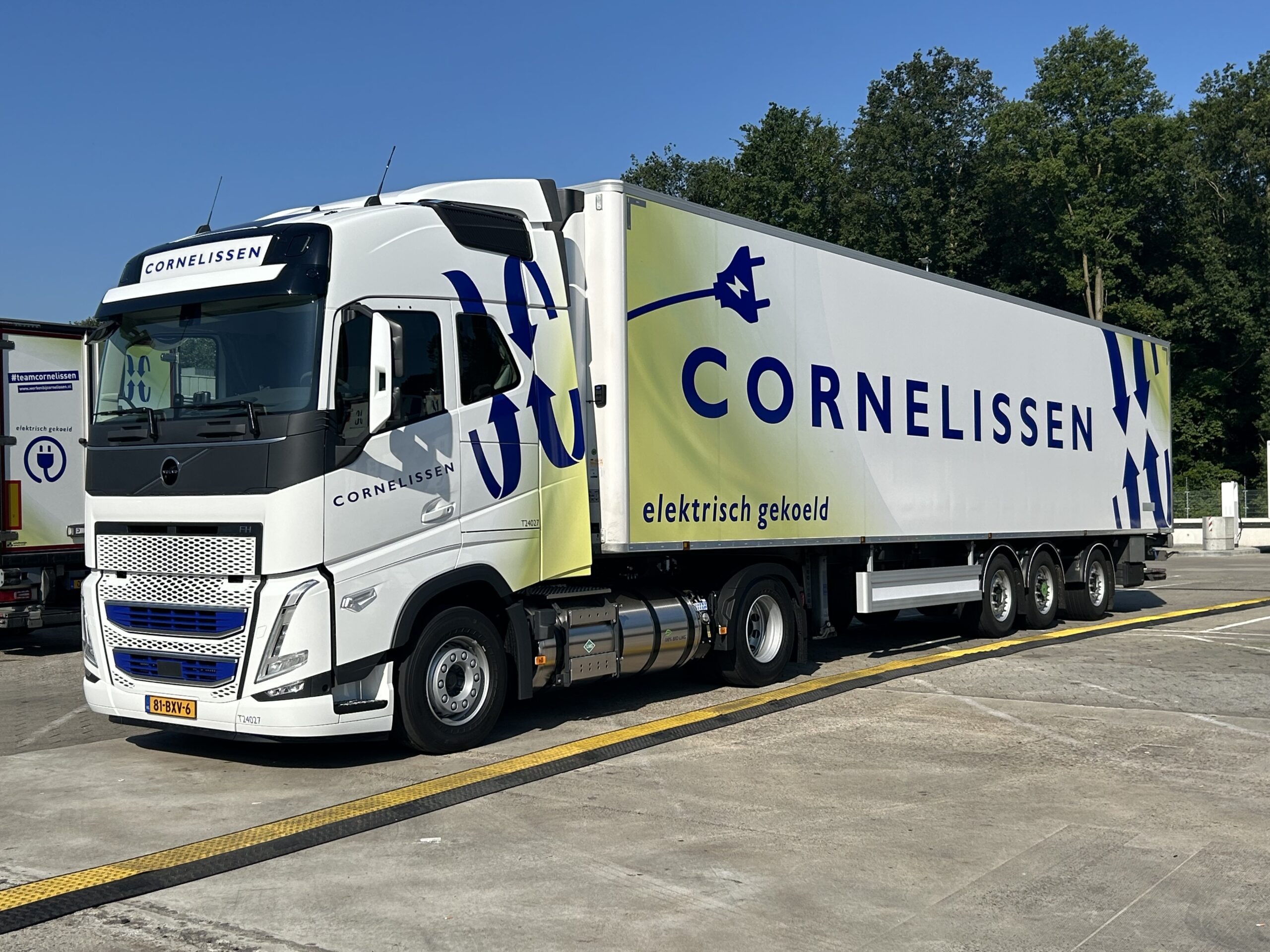The problem
With a growing fleet and an increasing number of vehicles, machines and diesel pumps, it became increasingly difficult for Van den Elzen to maintain an overview. The exact location of vehicles and pumps was often unknown, which hindered the efficiency of their business operations.
A bigger problem, however, was fuel theft from their diesel pumps. This not only led to financial losses, but also to disruptions in their operations. Without a system to monitor fuel consumption or detect suspicious activity, the company could hardly take action against theft.
HubLogiQ's solution
To address these challenges, HubLogiQ implemented a comprehensive IoT solution for Van den Elzen.
Trackers were installed in the vehicles and pump trucks, making it easy to track the location and movements of the fleet. The diesel pumps were also equipped with trackers and sensors, enabling real-time monitoring.
This technology not only gives Van den Elzen insight into the locations of their assets, but also offers protection against theft. In the event of suspicious activity around the diesel pumps, such as unusual fuel supply or movement, a notification is sent immediately. In addition, they can now easily track fuel consumption, which helps with both operational efficiency and cost management.
The result
The implementation of the trackers has been a game changer for Van den Elzen. The company now has full insight into their growing fleet. When vehicles or pumps are off-site, they can be easily located. This has led to more efficient planning and better utilisation of the vehicles.
In addition, fuel theft has been greatly reduced. Thanks to the reports of suspicious activity around the diesel pumps, rapid action can be taken. This has not only reduced losses due to theft, but also improved the reliability of their fuel supply.
The insight into fuel consumption helps Van den Elzen to work more economically and sustainably. By analysing patterns, inefficiencies can be detected and addressed, which ultimately contributes to cost savings and a lower ecological footprint.



